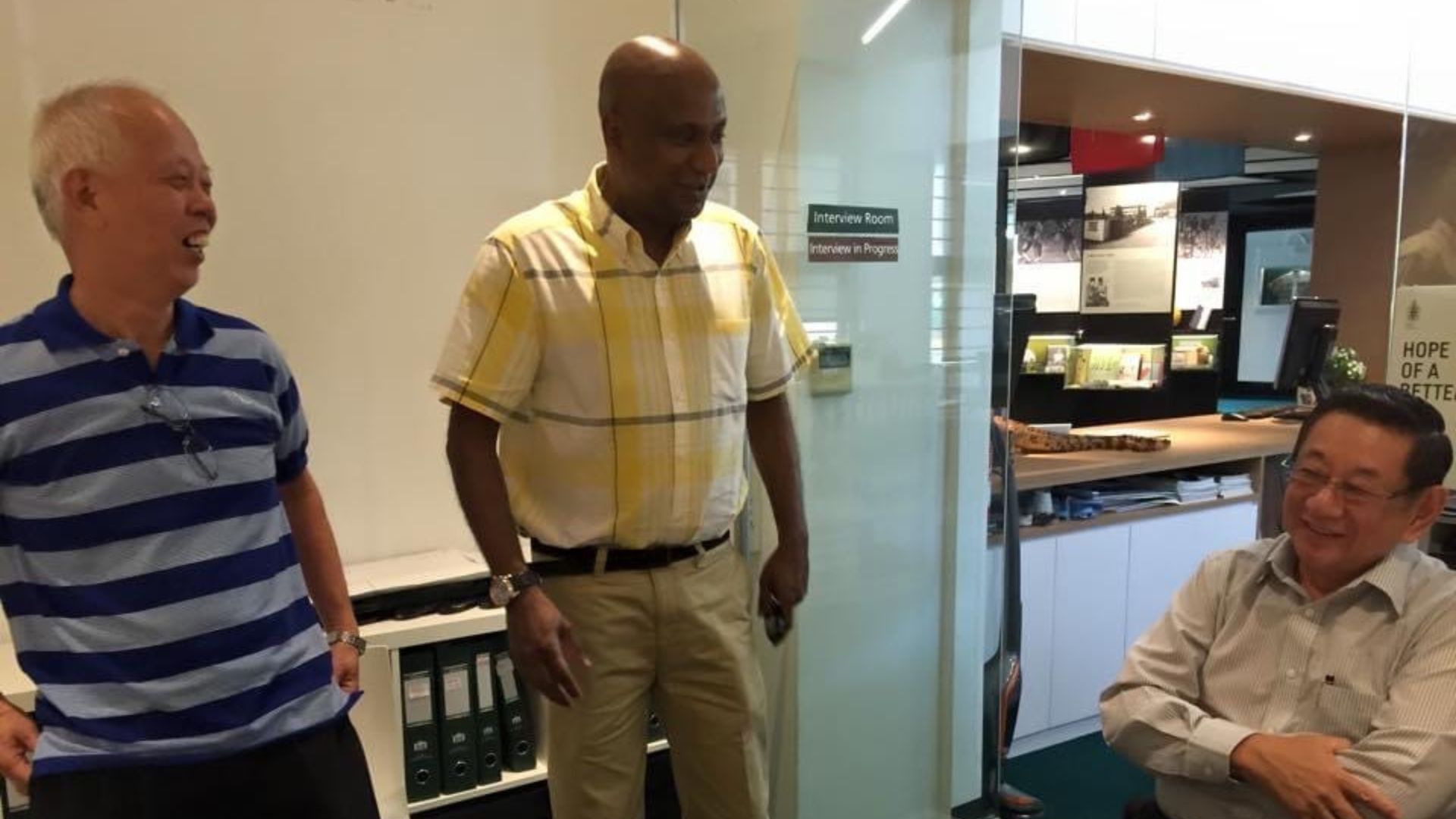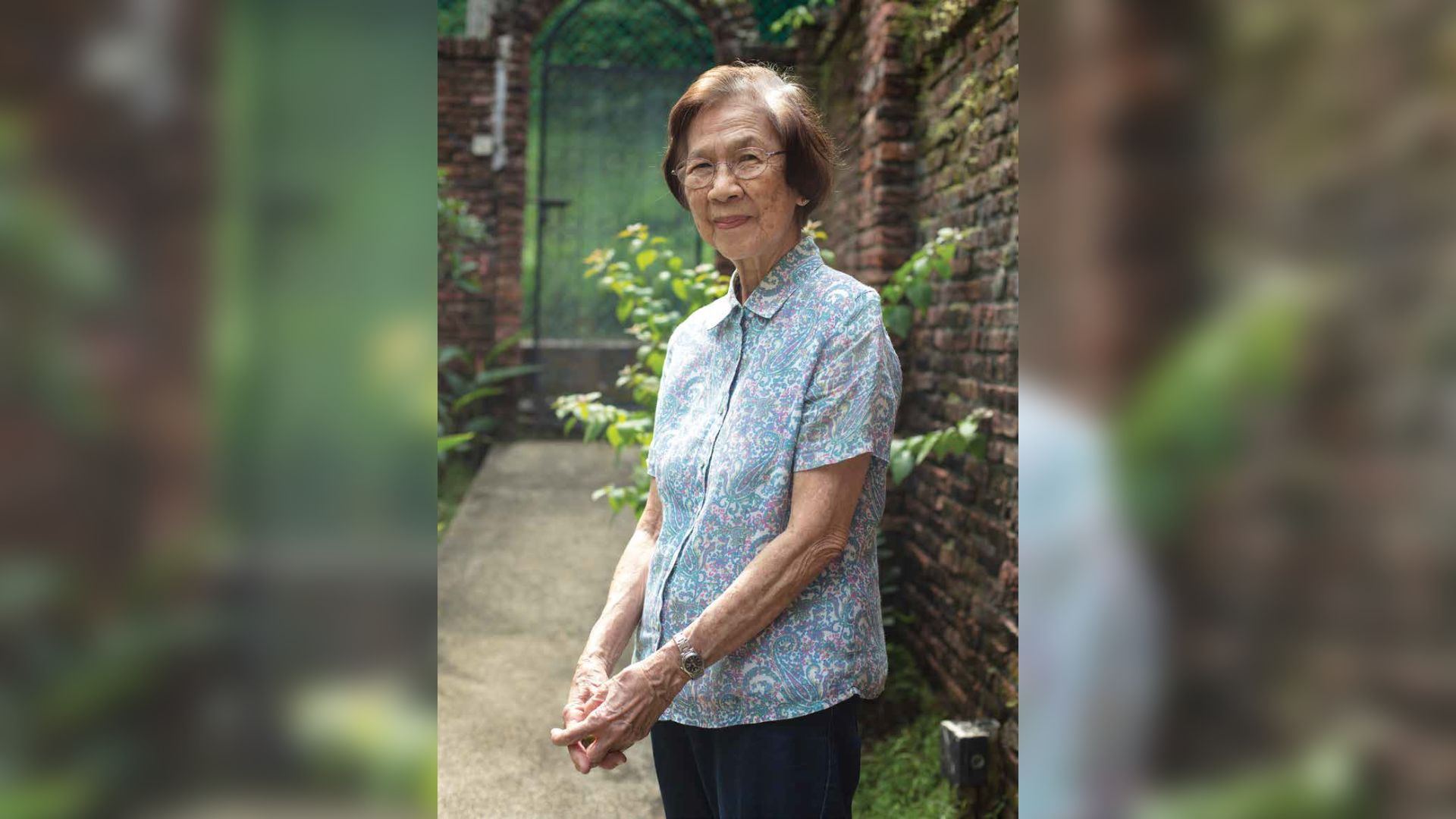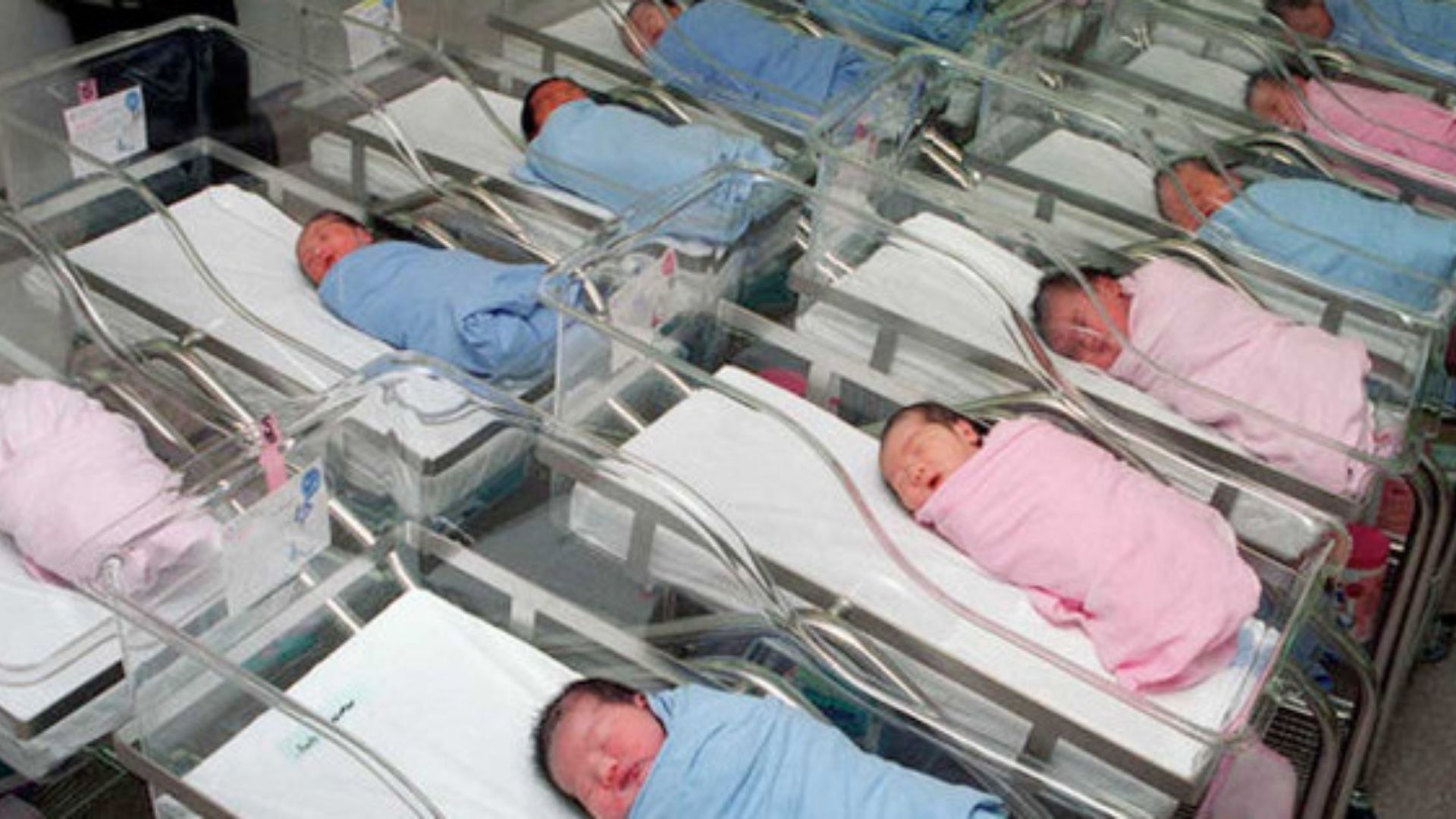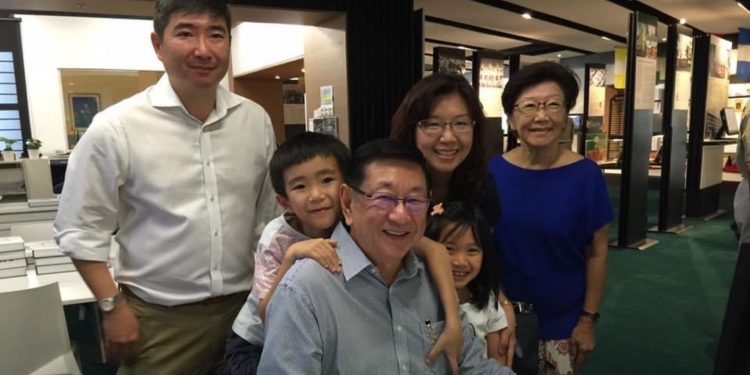In today’s context, retired civil servant Er Kwong Wah could be seen as a “roadie”, someone who set the stage for the Social Development Unit (SDU), the government’s matchmaking division, in the 1980s.
The 76-year-old tells TheHomeGround Asia that it was the one role he played in the 1980s that brought him closer to the population than his previous initiatives.
He started in the Ministry of Defence (MINDEF) before moving to the then Ministry of the Environment (ENV), Ministry of Education (MOE) and the Ministry of Community Development, Youth and Sports (MCYS). He also served in the concurrent roles as Deputy Secretary of the Public Service Commission (PSC) and Deputy Secretary of the newly formed Public Service Division (PSD).
During his tenure, Mr Er also helped introduce the Shell Appraisal System into the Singapore civil service and worked on initiatives to help attract foreign talent to work and live here.

But when a national census in 1980 found that 15 per cent of women graduates aged over 40 were still unmarried, while 24 per cent in the 30 to 40 age group were still single, daily broadsheet The Straits Times reported that founding Prime Minister Lee Kuan Yew feared fewer well-educated women got married and produced babies, resulting in the pool of outstanding talent needed to keep the tiny nation on course shrinking drastically.
Mr Er, who was then an Administration Officer in the Civil Service, says, “At that time, many male graduates preferred to marry ‘down’ to women less educated than themselves. At the same time, college-educated women sought to search for husbands who were at least their intellectual equal. If this trend continued, female graduates would have difficulty finding spouses.”
In her 1991 Masters in Science dissertation at the Oklahoma State University titled The Role of The Straits Times in support of Marriage Planning in Singapore, Ms Annette Johannes Aw, found five reasons for this situation:
- A large proportion of graduate men prefer to marry less educated women and they shy away from their female counterparts due to the Asian culture where men are supposed to be the initiators and the breadwinners.
- There might have been a lack of opportunities for men and women to interact, both on campus and after leaving the university.
- The graduate women’s concern with other priorities such as their own careers, making them less caring and supportive.
- About 3 in 5 male high school graduates were then opting to go to the polytechnic schools instead of junior colleges or pre-university classes.
- Segregation of sexes in the Singaporean industry. Men were flocking to the engineering and technical professions, while women went to teaching and accountancy. So, when a graduate left the university for a profession then, he or she would have fewer opportunities to meet members of the opposite sex.
Studying the Japanese method of matchmaking omiai
Mr Er says that PM Lee had asked him then to lead a team to Japan to find out how the country solved the issue of finding spouses for their unmarried female graduates. (Did he say which year? No)
He adds, “The Singapore Embassy in Tokyo arranged for us to meet the representatives of agencies that worked to pair unmarried graduate women with suitable spouses. Even in the Japanese Civil Service, permanent secretaries in the government ministries mentor and guide junior officers, and that includes helping them find suitable spouses.’’

According to Mr Er, parents of the female civil servants often submit their daughters’ resumes to the permanent secretaries, trusting them to go through the documents and then match them with suitable spouses.
He adds, “Those who were more desirable come from the Finance and Foreign Affairs Ministries. If suitable matches were found, the parents of both parties would then be contacted. The parents would then meet one another to find out more about their prospective sons-in-law or daughters-in-law and when both parents agreed to the match, then gifts would be exchanged, and marriage plans would be made.”
Mr Er says such “corporate matchmaking” was not limited to government circles but was also seen at the major Japanese banks and conglomerates.
Professional matchmakers are still common in Japan and putting an advertisement in a magazine looking for a spouse is a common practice in the country.
“One of our staff at the Singapore Embassy in Tokyo took part in one of these corporate matchmaking activities, and got to know one of the participants, who was later found to be the daughter of the head of a major Japanese company. They connected and eventually got married! When my team members and I returned to Singapore, we wrote up a paper about our experience, and the Social Development Unit (SDU) was formed,”’ he says.
SDU: Taking a page out of omiai and tweaking it to the local flavour
In January 1984, SDU was launched with the aim to correct the trend of well-educated women remaining single by providing opportunities for graduate men and women to meet through talks, courses, workshops, dances, parties, dinners, local outings and overseas trips as well as digital matchmaking service. And in just 10 months after its launch, then Minister for Finance and Trade and Industry Tony Tan reported in Parliament that some 700 single men and women had joined its activities. Not long, about 600 marriages resulted.
The formation of the SDU as part of the Ministry of Finance (MOF), put the Government in the match-making business, with Dr Eileen Aw at the helm as its first director. She was with the SDU as its director from 1984 to 1990.

Initially SDU catered to university graduates, quietly organised educational seminars at holiday resorts and special briefings on the importance of marriage and family for single graduate workers in various government statutory organisations. But in October 1985, in response to calls to extend its activities to non-graduates, it took in non-graduates and eventually, the Social Development Section (SDS) was set up to cater to the non-graduates.
Today, the SDU and SDS are all subsumed into a single entity named the Social Development Network (SDN).
Some participants at the SDU events said a reason for the unit’s success was the expansion of programmes from dinner-dances and “cruises to nowhere” to smaller and less blatantly romantic activities such as computer and car-maintenance classes.
Mr Er says, “The initials SDU were initially taken to mean Single, Desperate and Ugly, but those viewpoints have changed since then.
Former architect Camellia Teo was one SDU success story. The homemaker and mother of two, who is 50-something, met her husband at an SDU event in 1985.
“I was recovering from a breakup with my then-boyfriend and came across a notice about a high tea organised by SDU. I was curious and signed up, thinking at least I would make new friends and get over my breakup. What did I have to lose?’’ she recalls.

Ms Teo remembered feeling “out of her league” when she did not know a single person at the event. She made up her mind to stay for a few moments — enough time to just try the tea and cakes — and then leave.
‘’Then a tall young undergraduate from the Business Administration (faculty) came over and asked if I was new to SDU and before long, we were talking and laughing over cakes and tea!’’
That was how Ms Teo met Mr Henry Go, who was then in his second year of Business Administration.
She says: ‘’Despite hitting it off that first time, it was not love at first sight. I was still hurting and vulnerable, so I was cautious as I was wary. But Henry slowly planted himself in my heart and we attended more SDU events and other functions before I was convinced that we could have a future together. He was not all books and studies. He was also a good conversationalist and avid sportsman.”
The two were married in 1988 after he graduated, and have been together and “very much in love ever since”.’
Later, a computerised matchmaking software known as the Altman System was developed in Germany, and one matchmaking agency in Japan used it as well.
“That Japanese company was invited to Singapore to demonstrate the system. After which, we started using the Altman System here,’’ Mr Er says.
But he admits that difficulties later arose when many unmarried women beyond the age of 30 chose to remain single rather than engaging the system to actively look for a spouse.
In 1987, advertisements extolling the joys of family life began to appear shortly after then Trade and Industry Minister Lee Hsien Loong warned of “calamitous consequences” unless Singapore’s declining birth rate was reversed, reported a 7 May 1989 article in the Chicago Tribune.
Dr Aw, who is now in her 80s, told the Tribune then that “trying to make love bloom isn’t easy.”
“There is the present-day nature of the Singapore male, who is living at home, so he’s not lonely or missing good cooking. He wants to marry and have children, but he wants a suitable woman to fall into his lap without having to go out and look for her. The economically and socially secure Singapore woman, meanwhile, is too unrealistic, still looking for that dream man, that prince on a white horse,” she added.
Looking back at his work in the SDU, Mr Er says that he simply “did his best’’ at the project he was assigned to while he was a civil servant.
Today, the SDN competes with a variety of new dating platforms and matchmaking agencies, all designed for rapidly changing lifestyles and demographic shifts in Singapore.

With Singapore’s birth rate steadily declining over the past few years, and the current birth rate in 2022 at 8.419 births per 1000 people – a 0.98 per cent decline from the 8.502 births per 1,000 people in 2021, while these apps and agencies may be bringing people together, getting them to produce babies continues to be a work in progress.
RELATED: Repeal of 377A: Protecting the definition, sanctity of marriage
Join the conversations on TheHomeGround Asia’s Facebook and Instagram, and get the latest updates via Telegram.














